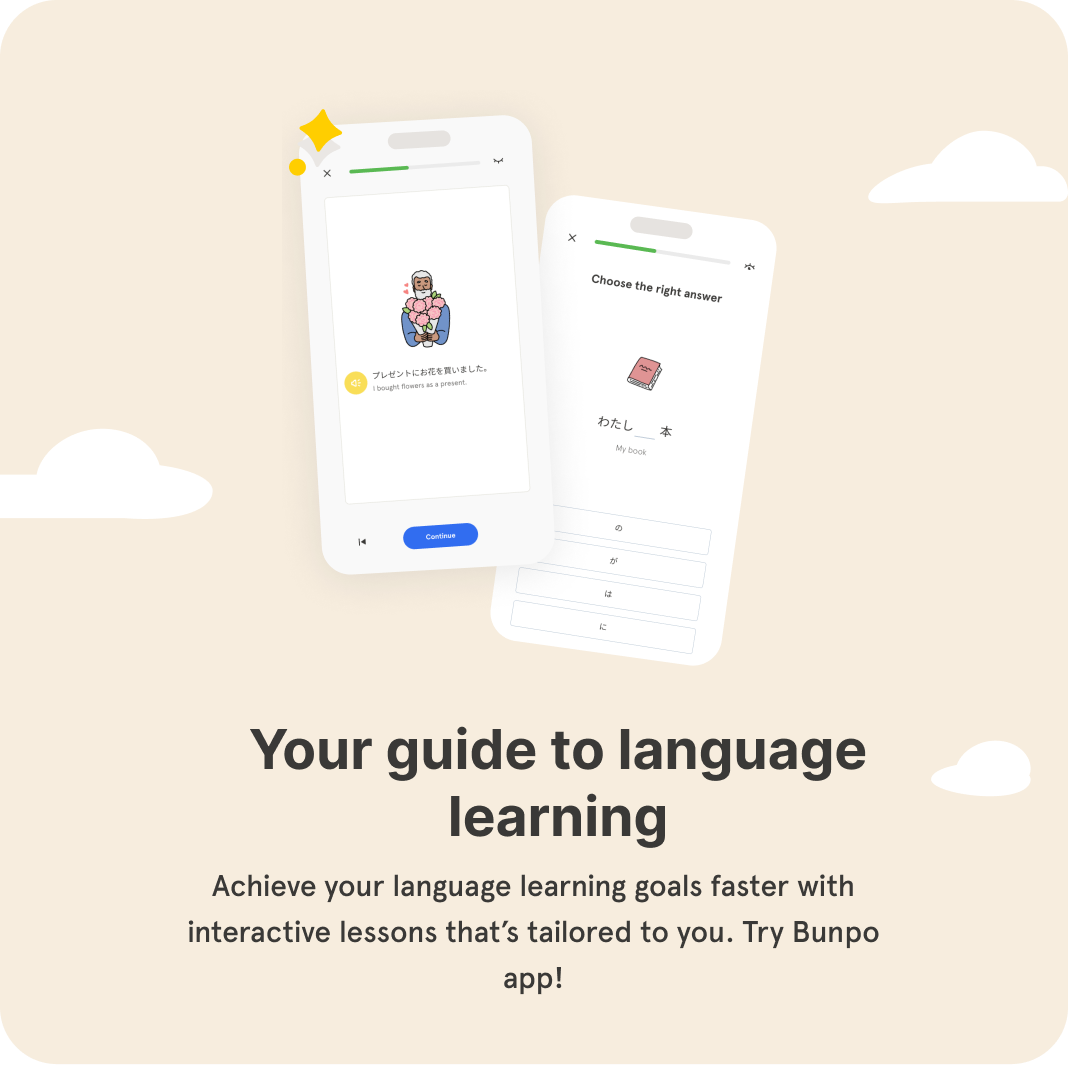
Learning a new language is an exciting journey, but one of the most common questions is: “How long will it take?” When it comes to Spanish—a popular and widely spoken language—several factors influence how quickly you can achieve fluency. Let’s explore these factors along with practical tips for progress.
What Determines How Long It Takes to Learn Spanish?
The time it takes to learn Spanish depends on various factors. Here are the key things to consider:
1. Your Starting Point
Language Background: If English is your first language, you’re in luck. Spanish shares many similarities with English, thanks to their Latin-based vocabulary and common grammatical structures. This makes Spanish much easier to learn compared to unfamiliar languages like Mandarin or Arabic.
Previous Language Experience: If you’ve studied another Romance language like French or Italian, you’ll likely pick up Spanish more quickly due to shared roots.
2. Time Commitment
According to the Foreign Service Institute (FSI), Spanish is a Category I language, which means it takes about 600–750 classroom hours to achieve general proficiency.
- 6–12 months of daily study (4–6 hours/day) can lead to fluency.
- 1–2 years of consistent, moderate effort (1–2 hours/day) is another common timeline.
3. Learning Methods
- Immersive Experiences: Living in a Spanish-speaking country accelerates learning significantly, as you’re surrounded by the language daily.
- Formal Classes vs. Self-Study: Formal classes provide structure, while self-study offers flexibility and personalization.
- Tools and Resources: Apps like Duolingo, podcasts like Coffee Break Spanish, and platforms like Rosetta Stone or iTalki can supplement your learning.
4. Your Goals
Your definition of “learning” affects the time required:
- Basic conversation: ~3–6 months
- Intermediate proficiency: ~6 months–1 year
- Advanced fluency: ~1–2 years or more
5. Consistency and Motivation
Consistency matters more than speed. Short, daily practice sessions (15–30 minutes) can lead to steady progress over time.
Clear, achievable goals, such as holding a conversation with a native speaker or traveling confidently in Spanish-speaking countries, help maintain motivation.
Practical Tips to Speed Up Your Spanish Learning
-
Focus on High-Frequency Vocabulary
Start by mastering the most common words and phrases. Focusing on the 1,000 most common words, which make up 80% of spoken Spanish, offers the quickest results.
-
Practice Speaking from Day One
Speaking is often the hardest part of language learning but also the most important. Apps like bunpo helps you build a solid foundation in grammar and vocabulary so you can speak more confidently.
-
Immerse Yourself in Spanish Media
Watch Spanish TV shows, listen to podcasts, or read simple books in Spanish. Immersion helps you pick up vocabulary and understand sentence structures naturally.
-
Use Technology
Leverage apps, flashcard systems like Anki, and grammar tools to enhance your study sessions.
-
Join a Community
Surround yourself with other learners or native speakers. Language exchange groups or online forums provide encouragement and accountability.
What’s the Takeaway?
The time it takes to learn Spanish depends on your starting point, goals, and how much time you dedicate to practice. With consistent effort, you could achieve conversational fluency in as little as six months, while advanced proficiency may take one to two years or more.
No matter if it takes months or years, learning Spanish is a rewarding journey. The key is to enjoy the process, celebrate small victories, and keep going. ¡Buena suerte!



